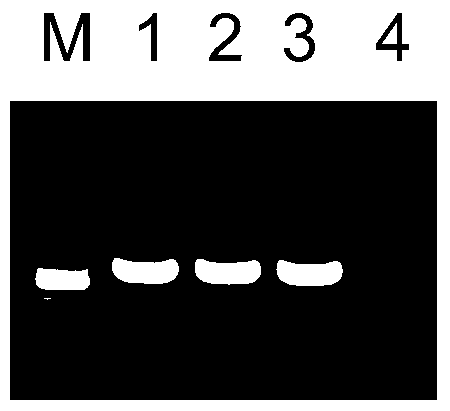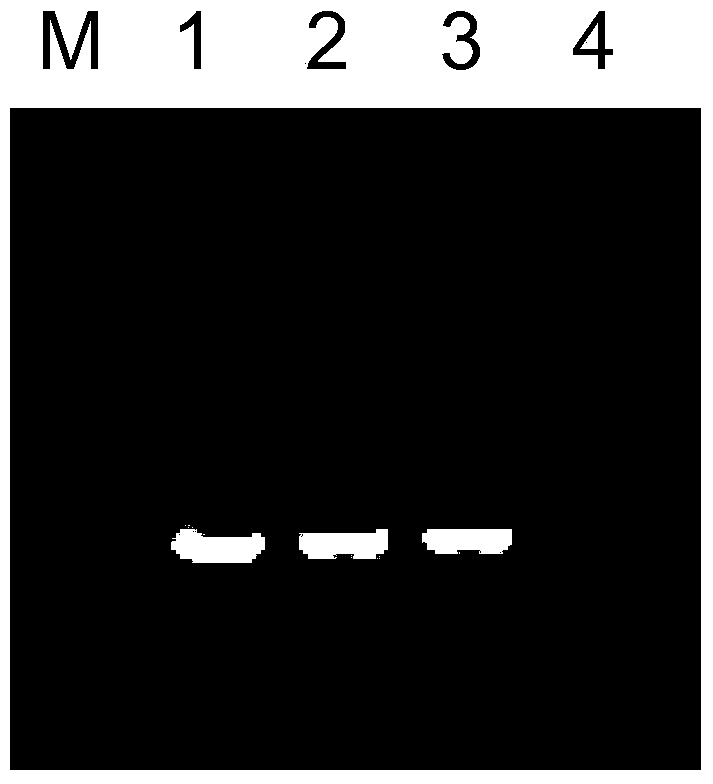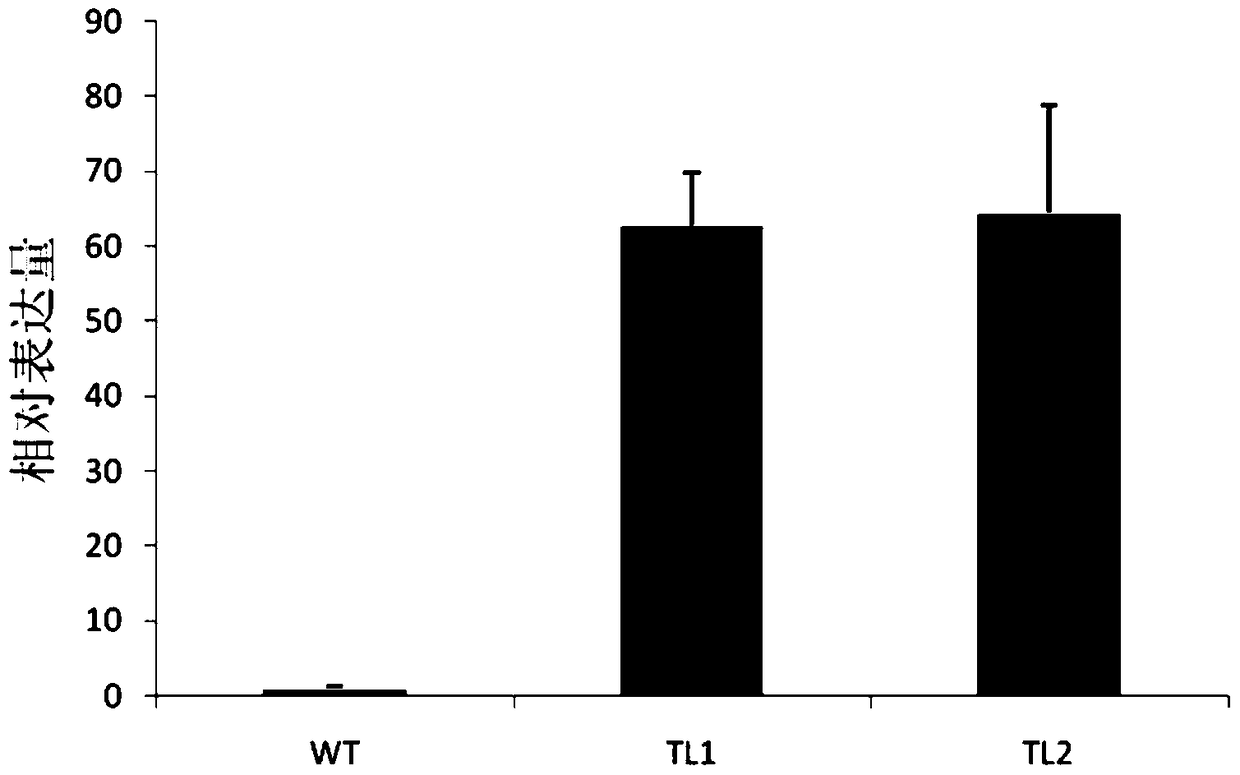A protein gmifr related to plant insect resistance and its coding gene and application
A technology encoding genes and plants, applied in the direction of plant gene improvement, application, plant peptides, etc.
- Summary
- Abstract
- Description
- Claims
- Application Information
AI Technical Summary
Problems solved by technology
Method used
Image
Examples
Embodiment 1
[0048] Embodiment 1, the acquisition of GmIFR protein and its coding gene
[0049] 1. When the wild soybean ED059 (Glycine soja Sieb.et Zucc.) is cultivated to the third three primary compound leaves under normal conditions, the third instar cotton bollworm larvae are used for treatment on the second fully developed compound leaves.
[0050] 2. After the cotton bollworm was treated for 24 hours, the treated leaves were harvested, total RNA was extracted, and cDNA was obtained by reverse transcription; using the cDNA as a template, PCR amplification was performed using primers PF and primer PR to obtain a 933bp PCR amplification product. The sequences of the above primers are as follows:
[0051] Primer PF: 5'-ATGGGTGAGAAAAGCAAGATTTTGA-3;
[0052] Primer PR: 5'-TCAAGCGAACTGACCAAGGTATTCT-3.
[0053] 3. The PCR amplification product was recovered and cloned into pGEM-T vector to obtain the recombinant vector, which was transformed into Escherichia coli DH5α and then sent for se...
Embodiment 2
[0055] Example 2, the acquisition of transgenic GmIFR Arabidopsis and its phenotypic identification
[0056] 1. Construction of plant expression vectors
[0057] 1. When the wild soybean ED059 (Glycine soja Sieb.et Zucc.) is cultivated to the third three primary compound leaves under normal conditions, the third instar cotton bollworm larvae are used for treatment on the second fully developed compound leaves.
[0058] 2. After the cotton bollworm was treated for 24 hours, the treated leaves were harvested, the total RNA was extracted, and cDNA was obtained by reverse transcription; using the cDNA as a template, PCR amplification was carried out using primer PF and primer PR to obtain a PCR amplification of 933bp in size product. The sequences of the above primers are as follows: primer PF: 5'-ATGGGTGAGAAAAGCAAGATTTTGA-3; primer PR: 5'-TCAAGCGAACTGACCAAGGTATTCT-3.
PUM
 Login to View More
Login to View More Abstract
Description
Claims
Application Information
 Login to View More
Login to View More - R&D
- Intellectual Property
- Life Sciences
- Materials
- Tech Scout
- Unparalleled Data Quality
- Higher Quality Content
- 60% Fewer Hallucinations
Browse by: Latest US Patents, China's latest patents, Technical Efficacy Thesaurus, Application Domain, Technology Topic, Popular Technical Reports.
© 2025 PatSnap. All rights reserved.Legal|Privacy policy|Modern Slavery Act Transparency Statement|Sitemap|About US| Contact US: help@patsnap.com



